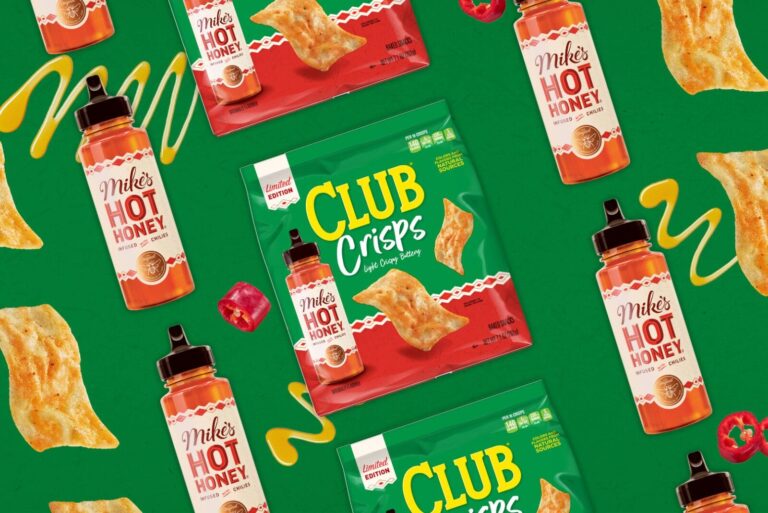PALOS VERDES, CA — In American food culture, snacking has never been more prevalent than it is today. It’s had a huge impact on snack food manufacturers, especially in how they go to market with new products.
During the BEMA 2024 annual convention, held June 28-July 1 in Rancho Palos Verdes, CA, a panel of snack producers led by Dulcinea Freymoyer, VP of marketing for Reading Bakery Systems (RBS), discussed some of the biggest drivers for modern product development.
Panelists included Joe Amboyer, senior VP of operations for JTM Foods; Casey Young, director of R&D and food design for Conagra Brands; and Bill Quigg, president and CEO of Richmond Baking.
Despite evolving — and increasing — consumer demand for functional foods, taste still reigns supreme.
“It’s hard to not say that taste is the primary driver,” Young said. “People love good-tasting food.”
For Young, that means flavor delivery through shape and texture, supported by aroma and mouthfeel for a full eating experience.










